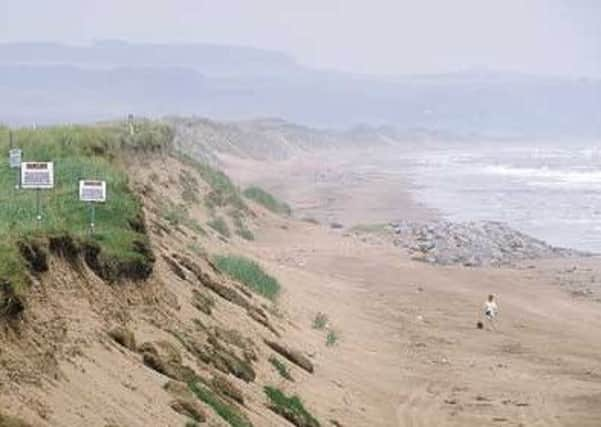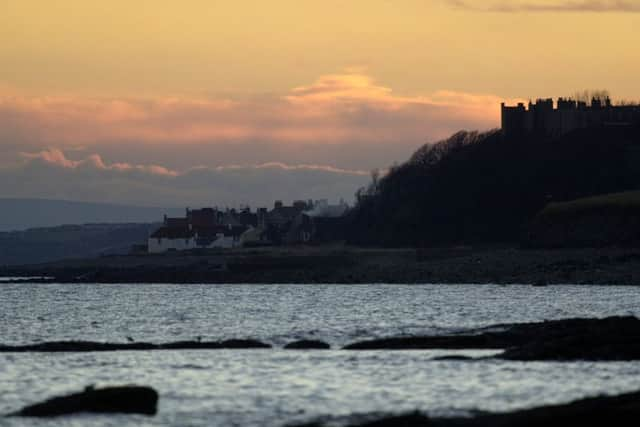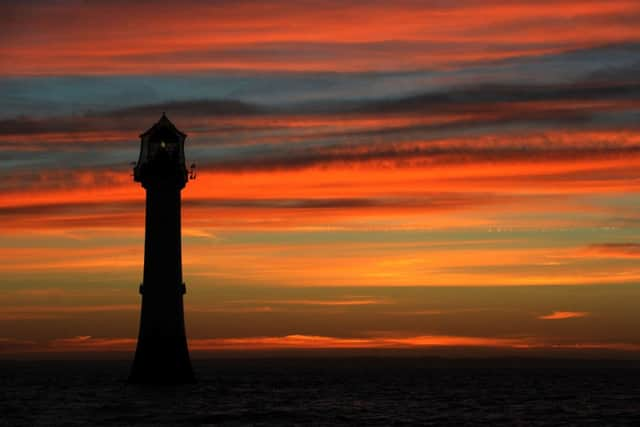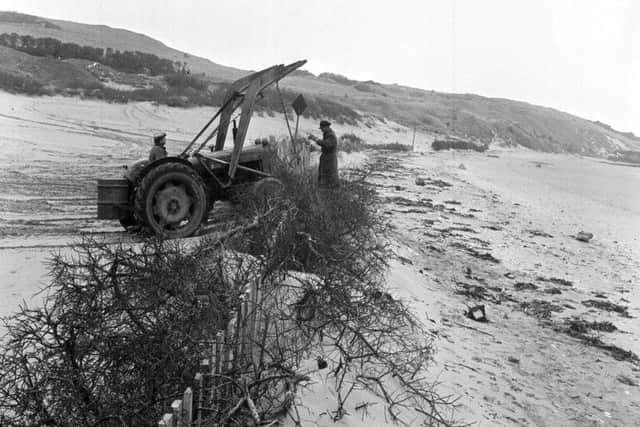The eroding coasts of Scotland and the impact of the ravaging tides


Work is ongoing around the coast to stem the worst impacts of mother nature and the ongoing attacks from both the North Sea and the Atlantic Ocean.
Some of the most vulnerable places to have benefited from increased defences since the late 1960s include Craigston on Barra, Balivanich on Benbecula, Aberdeen Bay, Stonehaven, Monifieth plus Wemyss and Dysart in Fife.
Advertisement
Hide AdAdvertisement
Hide AdThat list “may well” grow in the future, a report to Scottish Government on coastline protection earlier said.


One town that has long felt the impact of coastal erosion is Montrose in Angus, where it is estimated the dune system fronting the Montrose Links golf courses receded around 45 metres between 1988 and 2006.
Researchers from Dundee University found that, at its peak, dunes were receding at around eight metres a year.
Plans are now in place to realign the Medal course and create a new hole away from the coastline given the ongoing dangers posed by erosion.
Meanwhile, Angus Council continues to work to stem the affects of the tides on the shore side.


Mark Davidson, a senior engineer at Angus Council, said: “Montrose Bay has suffered from some quite severe erosion over the years
“Here we very much have a case of Mother Nature doing what it is meant to do.”
Key data has been established about the behaviour of the sea and its impact on the bay.
Advertisement
Hide AdAdvertisement
Hide AdMr Davidson said: “We have been looking back in history and one good example of how to measure the changes is the Second World War pill boxes in the dunes, which now at Montrose have become exposed.


“We have also got historic evidence that the beach was way back into Montrose previously.
“What we see is different cycles of Mother Nature at work. Basically, the North Sea is attacking the beach.”
A natural and largely unexplained change in the wave climate - such as the height and the direction - in the late 1980s led to the onset of sever erosion at Montrose, researchers found.
In the late 1990s, the town’s Glaxo plant, which backs onto the beach at the estuary, installed rock armour to protect the premises from the tides.
While it has had some success, tides have been pushed further north making the dunes by the golf course more vulnerable.
Sand dredged out of South Esk Estuary to keep routes clear into Montrose Harbour may also have quickened erosion.
A number of new, less intensive protection methods are now being used at Montrose to try and slow down the damage.
Advertisement
Hide AdAdvertisement
Hide AdFences placed on the beach both provide a resting place for blown sands while catching and falling dune from above, which creates another natural barrier.
Timber groyns, which interrupt water flow, have also been used with some success, Mr Davidson said.
Mr Davidson pointed to the beach at Monifieth, around 25 miles south, as an example where conditions had improved.
“At one point you couldn’t drive down the road for the dunes and then they started to erode. What we are seeing now is a new cycle and the beach is at the highest it has ever been. That change has happened over 10 to 15 years.
“That is due to a combination of two things, the first is that the natural wave cycle is changing and the second is the techniques we have used there.
“We are working with Mother Nature instead of against her. At the end of the day, a battle against Mother Nature is a hard one to win.”
A Scottish Government report noted that coastal infrastructure and habitats may be under increasing threat from the global rise in sea-levels and a predicted increase of storm surges.
The report added: “Rising sea levels and changes to wave conditions may alter erosion rates, increase the incidence and severity of flooding events, and affect intertidal profiles.
“This may well increase demand for coastal defences.”